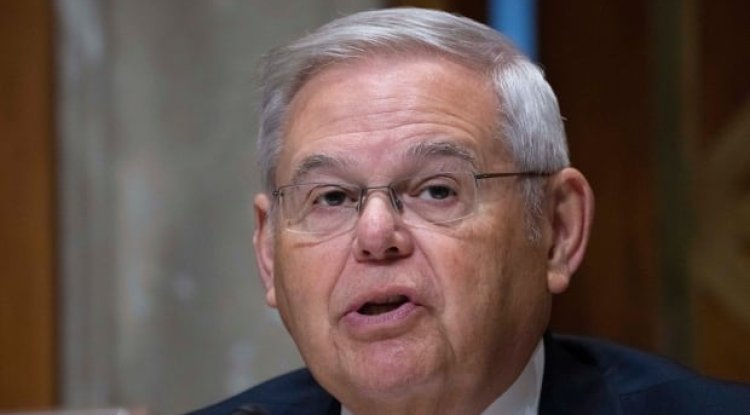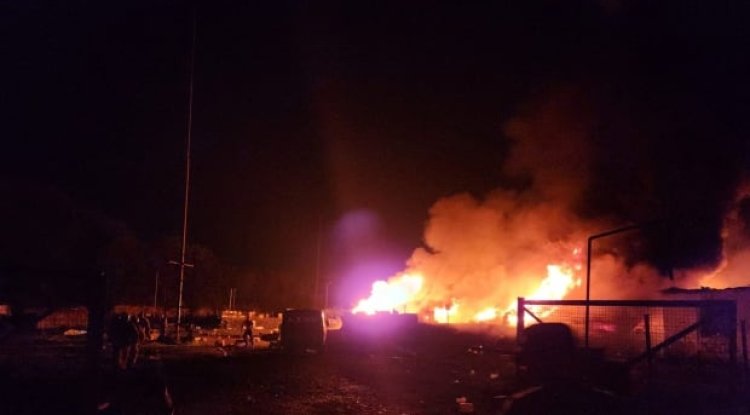Dozens of digital screens meant to display real-time info on TTC bus arrivals are broken
A digital screen that is meant to show when the next bus is coming, is seen at Ossington Avenue and College Street. The TTC says 60 of its 300 signs are currently not working. (Ken Townsend/ CBC)Sixty of 300 digital screens that are meant to display when the next Toronto Transit Commission (TTC) bus is coming are not working, with some not functioning for weeks, according to the TTC.Shoshanna Saxe, an associate professor in civil engineering at the University of Toronto, said while the broken screens may seem like a small problem, it's indicative of wider transit issues across the system stemming from years of budget cuts that's led to the erosion of infrastructure."I've noticed some of the signs aren't working, or they're saying a bus is coming, but the time isn't right," Saxe said."But it's a symptom of a bigger problem that we're seeing more and more of in the city. For the last 10 years and longer, we've under invested in taking care of our infrastructure," she said. "So, little


Sixty of 300 digital screens that are meant to display when the next Toronto Transit Commission (TTC) bus is coming are not working, with some not functioning for weeks, according to the TTC.
Shoshanna Saxe, an associate professor in civil engineering at the University of Toronto, said while the broken screens may seem like a small problem, it's indicative of wider transit issues across the system stemming from years of budget cuts that's led to the erosion of infrastructure.
"I've noticed some of the signs aren't working, or they're saying a bus is coming, but the time isn't right," Saxe said.
"But it's a symptom of a bigger problem that we're seeing more and more of in the city. For the last 10 years and longer, we've under invested in taking care of our infrastructure," she said. "So, little things are looking a little less good or working a little less well. And that's adding up."
She said that widespread tax cuts in Toronto's Rob Ford-era have led to the slow, but steady, denigration of the city's infrastructure, and the TTC bus signs is one small element of that.
Ford, who was mayor of Toronto from 2010 to 2014, repeatedly voted to make services cuts to the TTC and often railed against any kind of tax increases, including potential tax increases that would fund an LRT expansion, a project that Ford campaigned against, according to previous CBC Toronto reports.
"We made a decision to have lower taxes rather than enough money to maintain our city," Saxe said. Maintenance gets delayed, investments are a bit less, and the impacts of those cuts don't become clear for several years, she explained.
"If your roof starts to leak and you ignore it for a little while, you just have a small leak. But eventually, you've got a really big problem with rotting," she said.

In a statement to CBC Toronto, the TTC said the broken signs are the result of weather or vandalism, and that it is in the process of getting them fixed.
But the agency said "there's no correlation whatsoever between these signs and larger funding issues."
"They were put in shelters as a pilot and no more are planned to be installed given the availability of next vehicle arrival features like apps and text to stop," it said.
On average it takes two to three days for the vendor to repair one depending on availability, the TTC said.
Passengers frustrated with broken signs
Maron Gilbert Stewart is a rider who frequently takes a northbound bus at College and Ossington to her job. Inside the nearby bus shelter the digital screen displays no information.
It's "pretty useless," she said. "I usually don't notice them, and if I do they are usually broken. I didn't even know it was here," she said.
"If you're going to have something meant to help people, make it work," she said.
Steve Munro, a Toronto transit advocate, said many signs not working "has been a problem for some time."
"This is part of a more general issue of the TTC keeping all of its various communication channels current and accurate," he said.
Munro said the TTC needs to increase trust with riders around reliability to get them back on transit following the pandemic.
"You're selling a service, you're selling the ability to move around," he said.
Construction projects have also forced the TTC to re-route a number of bus and streetcar lines, which has also decreased reliability in general even when checking on a smartphone app, said Munro.
"With all the construction diversions over the last few years, the signage on stops isn't correct."
More reliable, predictable funding needed
For the transit system to be agile with issues like ongoing construction in the city, it needs a more sustained budget, said Cameron MacLeod, the executive director of Code Red TO, a transit advocacy group.
"Especially in the last two years, I've noticed many, many more signs out of service," he said. And it's difficult for the TTC to plan long-term as "their budget is constantly in danger of being cut," he said.
A January 2023 presentation from the TTC to the city's Budget Committee highlights that the state of good repair backlog for the transit service is growing at an "accelerated rate."

According to the presentation, state of good repair refers to what the city describes as years of unmaintained infrastructure issues that need to be tackled. The backlog for TTC will grow from $92.5 million to $6.29 billion by 2032 if no additional funding is provided.
"Funding in TTC's infrastructure is critical," the presentation states. The safety and the reliability of the services relies on it."
And that long-term investment needs to be a priority for the current municipal government, MacLeod said.
What's Your Reaction?

















